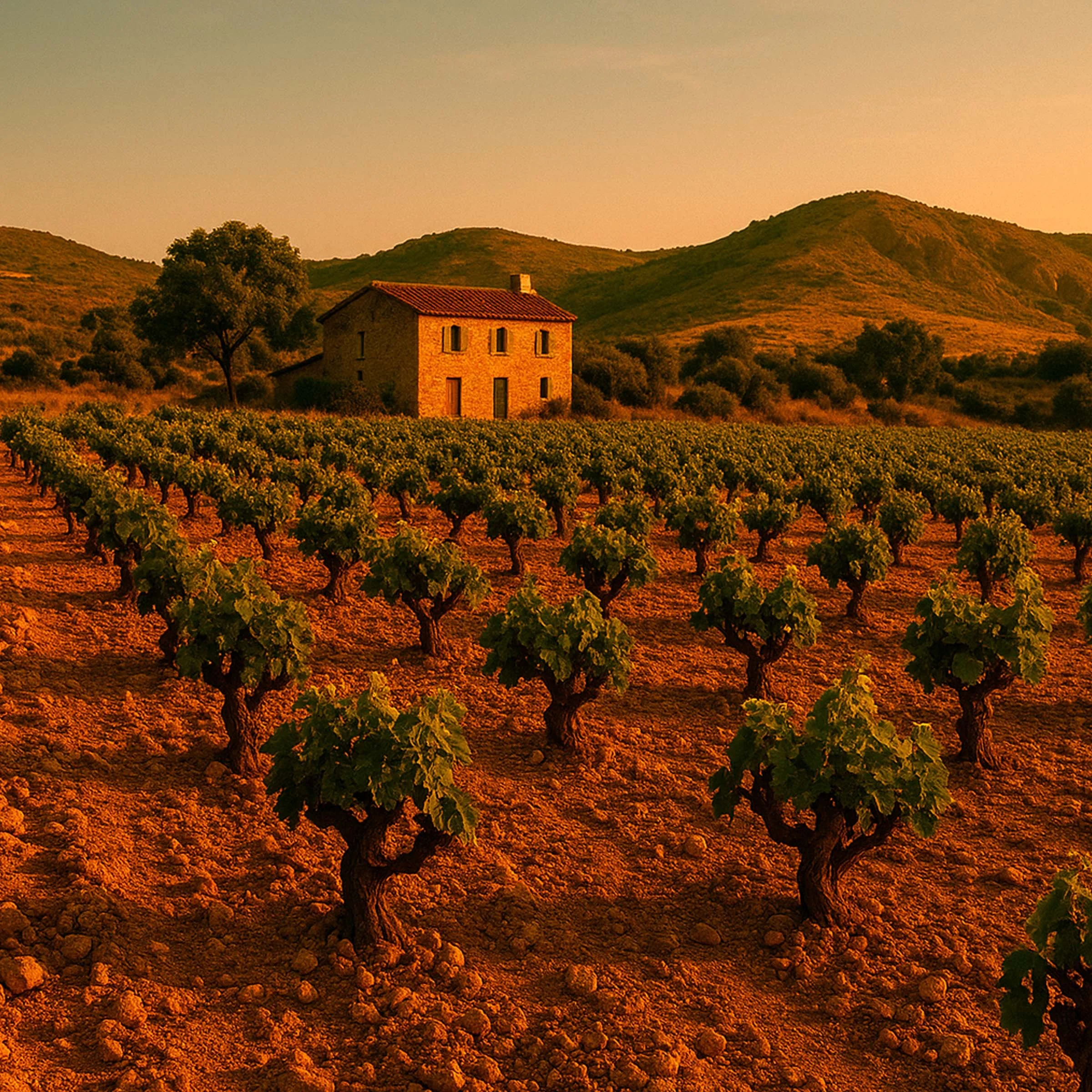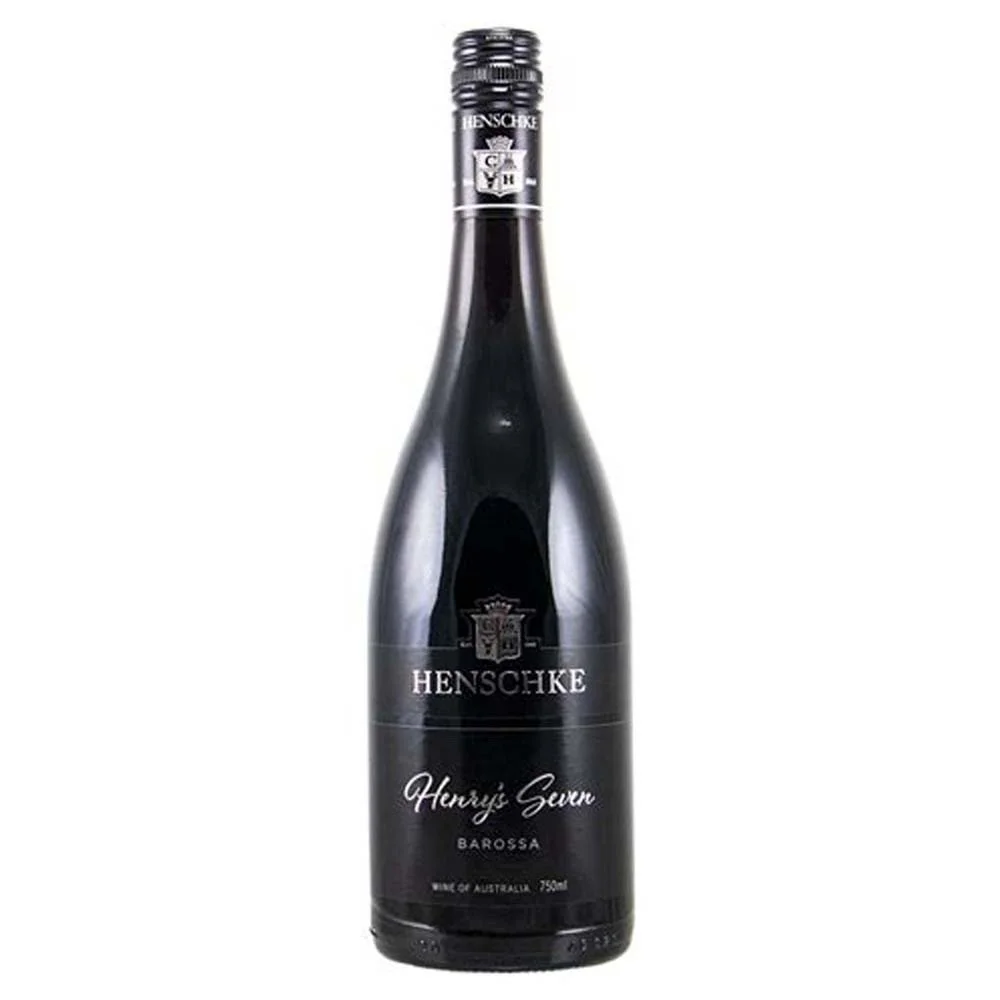MATARO
Earthy Depth With Mediterranean Muscle
Mataro—also known as Mourvèdre in France and Monastrell in Spain—is a bold, rustic red grape that thrives in warm climates. Known for its meaty, earthy character and dense, dark fruit, Mataro is often used in blends but increasingly shines as a varietal wine. With its firm tannins, herbal edge, and Old World soul, Mataro delivers intensity, structure, and a sense of wildness that appeals to lovers of serious reds.
Key Characteristics
Mataro is full-bodied with robust tannins and medium to high acidity. It typically offers dark fruit flavors layered with earthy, spicy, and sometimes gamey notes. The style can range from structured and brooding to bold and sun-ripened, depending on the region.
Style
Still, red
Body
Full
Acidity
Medium to high
Primary Grapes
Mataro (aka Mourvèdre, Monastrell)
Typical Flavors
Blackberry, black plum, game, black pepper, leather, dried herbs, cocoa, smoked meat
Origin & History
Mataro originated in Spain as Monastrell and made its way to southern France, where it became Mourvèdre, a key grape in Provence and the Rhône Valley. It’s a staple in Bandol, producing age-worthy wines with intense structure and savory nuance. In Australia and the U.S., it’s commonly known as Mataro and has historically played a supporting role in GSM blends (Grenache, Shiraz, Mataro). Now, with renewed interest in heritage and climate-adapted grapes, Mataro is getting more attention as a varietal wine.
How It’s Made
Mataro needs heat and sun to ripen fully and can be difficult to cultivate. It’s typically fermented on the skins to extract color and tannin, with aging in oak barrels to soften its power and add complexity. Some winemakers use whole-cluster fermentation to highlight its spicy, herbal side.
Notable Regions
Mataro is found in Mediterranean climates around the world, with standout styles from:
Spain
Jumilla, Yecla
(as Monastrell)
Ripe, dense, and fruit-forward with firm tannins
France
Bandol (Provence)
Southern Rhône (as Mourvèdre)
Savory, structured, and earthy with aging potential
Australia
Barossa Valley
McLaren Vale
(as Mataro)
Dark, spicy, and bold; often in GSM blends or solo expressions
United States
California
(Paso Robles, Contra Costa)
Inky and robust with dark fruit and herbal lift
South Africa
Swartland
Old-vine Mourvèdre with depth, earth, and natural vibrancy
Food Pairings
With its intensity and savory elements, Mataro pairs beautifully with robust, slow-cooked, and grilled fare.
Red Meat
Lamb shoulder, brisket, venison, barbecue
Hearty Dishes
Cassoulet, beef stew, oxtail ragu
Cheeses
Aged Manchego, Comté, smoked cheddar
Vegetarian
Lentil and mushroom stew, grilled eggplant, black bean chili
How to Serve It
Glassware
Large red wine glass to tame tannins and release aromatics
Temperature
60–65°F (16–18°C)
Storage
Store on its side in a cool, dark place; best from 5–15 years depending on style
Fun Fact
In Bandol, Mourvèdre (Mataro) must make up at least 50% of red blends, anchoring them with power and aging potential.
Recommended Producers
These houses exemplify the diversity and craftsmanship of Australian Rhône-style reds, blending tradition, innovation, and regional character.
Brash Higgins
A boundary-pushing McLaren Vale producer crafting vibrant, small-batch blends with texture, energy, and minimal intervention.
Henschke
One of Australia’s most revered family estates, known for expressive, finely structured Rhône-style wines like Henry’s Seven.
Recommended Pours
Brash Higgins 'GR/M - Grenache - Mataro, Mclaren Vale, Australia, 2019 — A vibrant and savory blend with juicy red fruit, dried herbs, and a touch of earthy spice.
Henschke Henry's Seven, 2019 — A polished Rhône-style blend offering dark berries, peppery spice, and floral notes with seamless structure.



